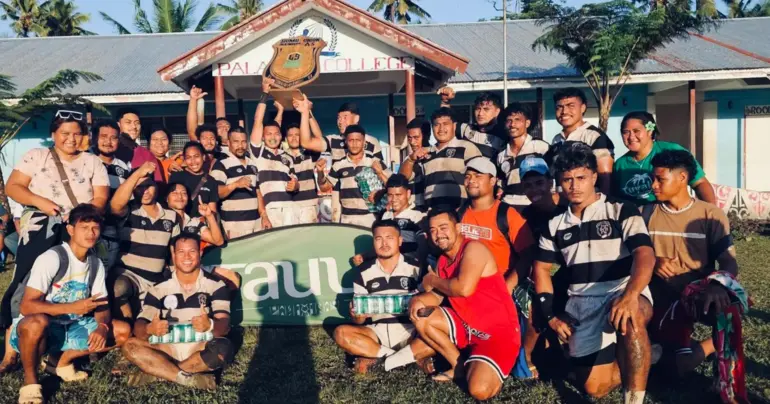Recorders, cameras in manumea pursuit
 By Marc Membrere
•
20 July 2021, 4:00PM
By Marc Membrere
•
20 July 2021, 4:00PM
Conservationists have ramped up efforts to locate and save Samoa’s national bird by placing recorders and cameras in rainforests across Samoa.
The placing of recorders and cameras is part of the Save the Manumea Project run by the Samoa Conservation Society.
Project Manager Sefuiva Moeumu Uili told the Samoa Observer in an interview Monday that their team spent three weeks working in 26 villages across the country – 16 in Upolu and 10 in Savai’i – in a bid to find the manumea.
"The purpose of setting this up is so that they can record any calls of the manumea from the forest and tell us whether they are actually in that particular forest," Sefuiva said.
“In addition to getting the calls of the Manumea, we also get the cameras in hopes that they will be able to capture any footage of the manumea."
The recording equipment has also been placed on the maota tree (Dysoxylum) which Sefuiva says is the manumea’s favourite food.
She also revealed that there have been three confirmed sightings of the rarely-seen bird this year, once in Aopo and twice in Uafato.
The recorders and cameras will be in the rainforest for a year with the S.C.S. working with the local community to get the data downloaded, and the equipment returned to their location for another three to six months.
As part of the project, a person from five key manumea hotspot villages have been selected to check on the recording equipment, and they will be given incentives for assisting in the monitoring.
The project was made possible through a grant of over $140,000 tala which the S.C.S. recently received from the Biodiversity and Protected Areas Management Programme.
Sefuiva also acknowledged the support of the Ministry of Women Community and Social Development in helping them engage the key villages that were identified to participate in the project.
She also thanked BirdLife which had approved additional funding valued at NZ$14,000 to assist with the community work while acknowledging donors and partners Auckland Zoo, Toledo Zoo as well as the Colorado State University.
The project is also part of her research under the Fulbright Scholarship funded by the U.S. government.
 By Marc Membrere
•
20 July 2021, 4:00PM
By Marc Membrere
•
20 July 2021, 4:00PM











